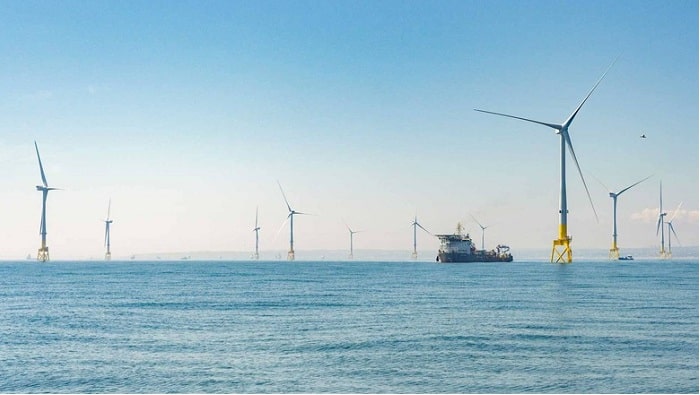Dominion Energy, a Virginia-based utility, has chosen Ramboll as the owner’s engineer for the 2,600-MW Coastal Virginia Offshore Wind (CVOW) project.
Ramboll’s role entails development and engineering support on the project, which aims to produce enough zero-carbon electricity to power 650,000 Virginia homes. Construction is expected to begin in 2024 and estimated to end by 2026.
Dominion selected Denmark-based Ramboll based on cost, performance and a track record of completed offshore wind projects worldwide. The company has experience in wind farm planning, development support and detailed engineering. Ramboll has worked in the U.S. offshore wind market for more than 15 years and will also aid in Dominion Energy’s supply chain strategy and technology concepts regarding the project.
“Ramboll is a respected, global leader in the offshore wind industry and their expertise will prove to be a valuable asset as we develop our Coastal Virginia Offshore Wind project,” said Mark D. Mitchell, Dominion Energy’s vice president of generation construction. “Working with experienced offshore wind leaders, such as Ramboll, will help us bring clean, renewable energy to our customers and achieve our goal of net zero emissions.”
Earlier this year, Dominion selected Siemens Gamesa Renewable Energy to manufacture the wind turbines to be installed on about 112,800 acres leased from the Bureau of Ocean Energy Management (BOEM). Two 6-MW turbines are to be installed this spring, and a renewable power grid is expected to be complete by the end of the year. This construction paved the way for Dominion to pursue CVOW in a few years.
Ocean surveys will also be performed to determine the potential impact of the project on the ocean and sea life, per a construction and operations plan supporting Dominion and Siemens Gamesa’s commercial project.
Dominion Energy’s goal is to achieve net zero carbon dioxide and methane emissions from its power generation and gas infrastructure operations by 2050. The expansion of solar and wind energy across Virginia, as well as investments in renewable natural gas, battery storage and pumped hydroelectric storage, will help meet this goal.












































